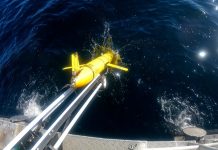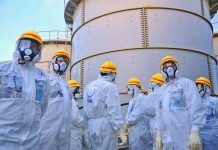Spread of pathogens through the air has been described variously by different stakeholders for long. During the COVID-19 pandemic, the terms ‘airborne’, ‘airborne transmission’ and ‘aerosol transmission’ were used differently in different disciplines. It is thought that this may have contributed to misinformation and confusion about transmission of pathogens in human populations. In fact, WHO was criticised for being too slow in classifying SARS-CoV-2 as airborne.
Therefore, in order to provide clarity, WHO has come up with definitions of airborne transmission of pathogens and associated terminologies following a detailed consultation with public health agencies and experts.
Infectious respiratory particles (or IRPs)
According to the new definition. the infectious particles generated and expelled by individuals infected with a respiratory pathogen through their mouth or nose by breathing, talking, spitting, coughing or sneezing are described with the term ‘infectious respiratory particles’ or IRPs. Further, the IRPs exist on a continuous spectrum of sizes, and no single cut off points should be applied to distinguish smaller from larger particles. Thus, the previous dichotomy of ‘aerosols’ (generally smaller particles) and ‘droplets’ (generally larger particles) are done away with.
This understanding of the IRPs come handy in characterising an infectious disease where the main mode of transmission involves the pathogen travelling through the air or being suspended in the air.
Airborne transmission
Airborne transmission or inhalation occurs when IRPs are expelled into the air and inhaled by another person. This can occur at a short or long distance from the infectious person and distance depends on various factors such as airflow, humidity, temperature, ventilation etc. IRPs can theoretically enter the body at any point along the human respiratory tract, but preferred sites of entry may be specific to the pathogen.
Direct deposition
Direct deposition occurs when IRPs are expelled into the air from an infectious person, and are then directly deposited on the exposed mouth, nose or eyes of another person nearby, then entering the human respiratory system and potentially causing infection.
These new agreed definitions and understandings of pathogens and transmission through air should help set mew research agendas and implementation of public health interventions.
***
References:
- WHO 2024. News release – Leading health agencies outline updated terminology for pathogens that transmit through the air. Posted 18 April 2024.
- Global technical consultation report on proposed terminology for pathogens that transmit through the air. . Published by WHO
***




































